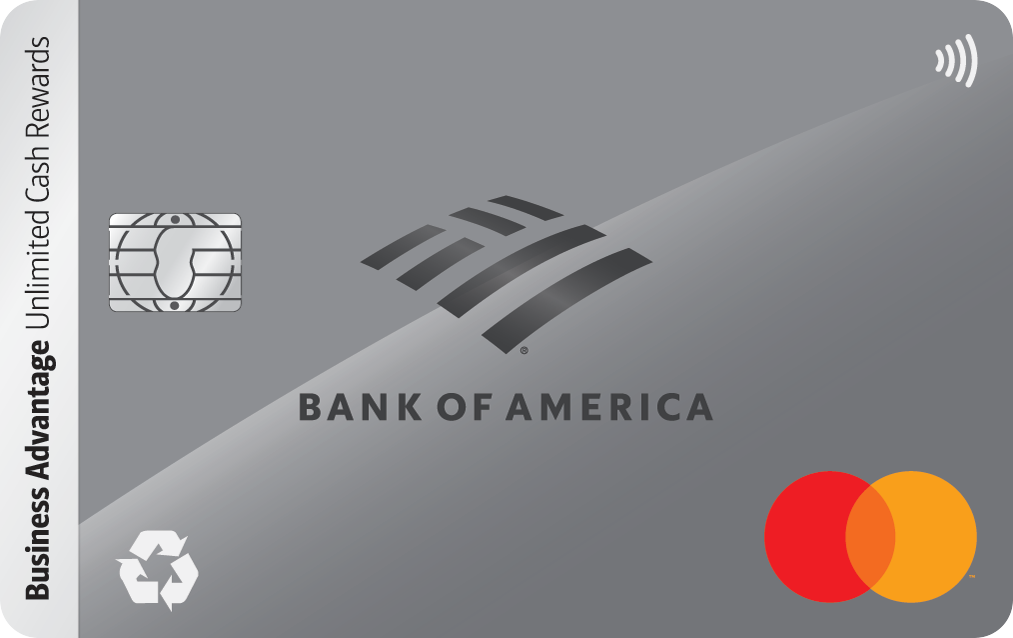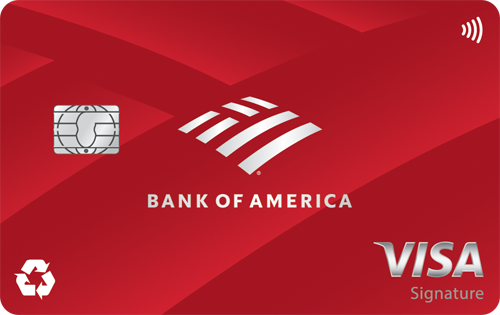Revenge Saving Helped Me Save $10,000 -- Here's How

Image source: Joel O'Leary
Right after high school, I made some questionable choices. I ran with a reckless crowd, spent most nights at bars, and spent all my money on crap I can't even remember. Two years later, I looked at my bank account and felt sick. I had nothing to show for those years.
That moment lit a fire under me. I flipped a switch in my mind and went into what I now call revenge saving mode.
I started saying "no" to nights out. I picked up a part-time job after hours to keep me busy. And I funneled every extra dollar I could into a savings account.
Six months later, I had stashed away $10,000.
What is revenge saving?
Revenge saving is when you get mad at something financial (like our current economy, past money decisions, or skyrocketing house prices), and you use that energy to fuel an aggressive savings habit.
It's not a forever strategy. Think of it more like a short-term detox for your finances. A quick turnaround to get your savings back on track.
Whether you're recovering from overspending, a breakup, job loss, or just a wake-up call like I had, revenge saving gives you a positive goal to focus on instead.
Top ways to revenge save
If you're ready to channel your frustration into something productive, here are some great goals and things to try.
Build or boost your emergency fund
An emergency fund is your financial safety net. If you don't have one, this should be priority number one.
Aim to stash away at least three months of living expenses by cutting out unnecessary spending and throwing every spare dollar into a savings account.
The best place to build and store your emergency fund is in a high-yield savings account (HYSA), because it earns way more in interest than a regular bank account and still keeps your money accessible.
A great bank to get started with? Open a Barclays Tiered Savings account and earn a 3.85% APY on your savings.
Max out a retirement account
If you have a job with a 401(k), see if you can increase your paycheck deductions and max out contributions this year. It's a lofty goal -- the limit is $23,500 (or $31,000 if you're over 50) -- but an awesome way to boost your retirement savings.
Another smaller (but equally cool) account to max out is a traditional or Roth IRA. In 2025 you can contribute up to $7,000 into an IRA (or $8,000 if you're over 50).
Even small contributions now can snowball over time.
For example, investing just $500 per month into an IRA with an 8% average annual return will grow to over $679,000 in 30 years.
Here are the best IRA accounts in 2025. Open one up today and get your investing journey started.
Try a savings challenge
Looking for a fun way to stay motivated? Pick a savings challenge that fits your income and lifestyle. Here are a few easy ideas:
- No-spend month: Cut all non-essentials for 30 days (or, longer if you can!)
- 52-week challenge: Save $1 the first week, $2 the next, then $3… It'll add up to $1,378 by the end.
- Cash-stuffing method: Use envelopes or digital buckets to limit spending in each category.
- Check-the-weather challenge: Every day, check the forecast high for that day and transfer that number from checking into savings. Try for two weeks and see how much you save!
Challenges make temporarily squeezing your budget a little more fun.
Get a temporary second job
This was my secret weapon. I worked night times at the post office, sorting mail for $18 an hour. It kept me busy and helped me dodge temptations to go out with friends.
Just be careful you don't spread yourself too thin. And remember revenge saving is supposed to be a temporary thing.
Ready to flip the script?
I've gone into revenge saving mode a couple of times in my life. And each time I do, I emerge happier (and much richer!)
You don't need to save big bucks. Even a few months of focused effort can build serious momentum. Just start where you are, use what you've got, and channel that fire into something productive.
Open a high-yield savings account and put your first $1 in it today. You won't regret it.
Our Research Expert



